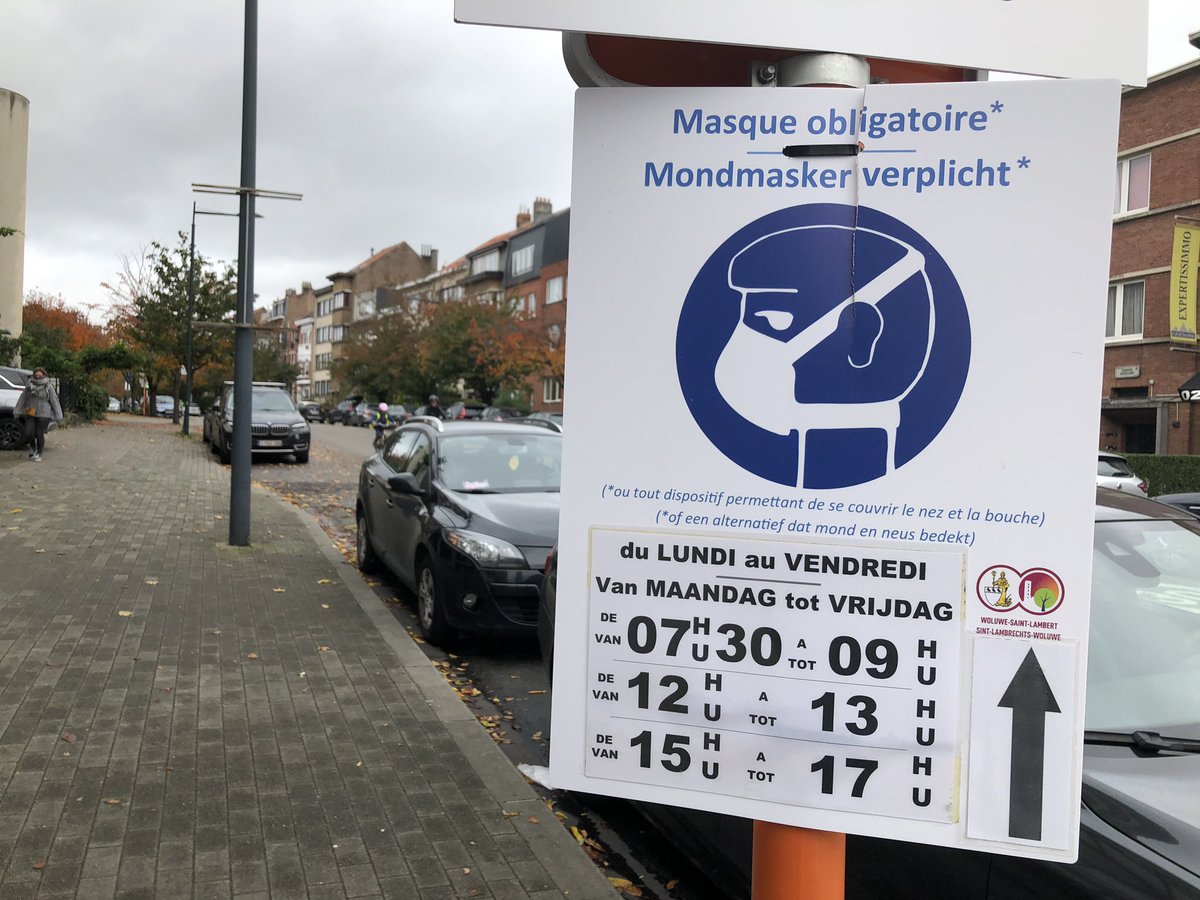European governments are locking down again due to a Covid-19 resurgence. One problem is a failure to communicate to the public where the main risks lie - notably indoors. Here’s my FT latest with . @sam1fleming and . @jburnmurdoch + A SHORT THREAD  (1/6) https://www.ft.com/content/88113840-757e-4b7b-8be6-f8c2ce942021
(1/6) https://www.ft.com/content/88113840-757e-4b7b-8be6-f8c2ce942021
 (1/6) https://www.ft.com/content/88113840-757e-4b7b-8be6-f8c2ce942021
(1/6) https://www.ft.com/content/88113840-757e-4b7b-8be6-f8c2ce942021
This piece in June on how to avoid the virus still holds. It cites some fascinating studies and is brilliantly illustrated by . @jburnmurdoch. Note how small the risk outdoors is compared with indoors, where "superspreader" events tend to occur.  (2/6) https://www.ft.com/content/2418ff87-1d41-41b5-b638-38f5164a2e94
(2/6) https://www.ft.com/content/2418ff87-1d41-41b5-b638-38f5164a2e94
 (2/6) https://www.ft.com/content/2418ff87-1d41-41b5-b638-38f5164a2e94
(2/6) https://www.ft.com/content/2418ff87-1d41-41b5-b638-38f5164a2e94
Also kudos to colleagues at . @elpaisinenglish for this excellent recent animation that shows why the biggest hazard to avoid is prolonged contact in poorly-ventilated and cramped enclosed spaces. (LINK)  (3/6) https://english.elpais.com/society/2020-10-28/a-room-a-bar-and-a-class-how-the-coronavirus-is-spread-through-the-air.html
(3/6) https://english.elpais.com/society/2020-10-28/a-room-a-bar-and-a-class-how-the-coronavirus-is-spread-through-the-air.html
 (3/6) https://english.elpais.com/society/2020-10-28/a-room-a-bar-and-a-class-how-the-coronavirus-is-spread-through-the-air.html
(3/6) https://english.elpais.com/society/2020-10-28/a-room-a-bar-and-a-class-how-the-coronavirus-is-spread-through-the-air.html
Japan’s warning to the public to avoid the “three Cs”: closed spaces, crowded places and close-contact settings is an excellent example of explaining how to live with the virus by using simple messages to highlight where the big problems lie.  (4/6) https://www.ft.com/content/34f60c6d-ace0-437d-9649-bdabcd952425
(4/6) https://www.ft.com/content/34f60c6d-ace0-437d-9649-bdabcd952425
 (4/6) https://www.ft.com/content/34f60c6d-ace0-437d-9649-bdabcd952425
(4/6) https://www.ft.com/content/34f60c6d-ace0-437d-9649-bdabcd952425
Contrast this with the absurdist complexity of this recent (now superseded) rule on the various permutations of time and day you had wear a mask in a sparsely populated single street in Brussels – in any case a very low risk environment.  (5/6)
(5/6)
 (5/6)
(5/6)
There are of course country variations, but this August piece highlights how what may come to be seen as a breakdown in European public health policy reflects a lack of clear explanation of degrees of risk – and how to navigate life accordingly. (6/6) https://www.ft.com/content/caff8a28-768a-4e68-84d9-43a8d07a43e1

 Read on Twitter
Read on Twitter


